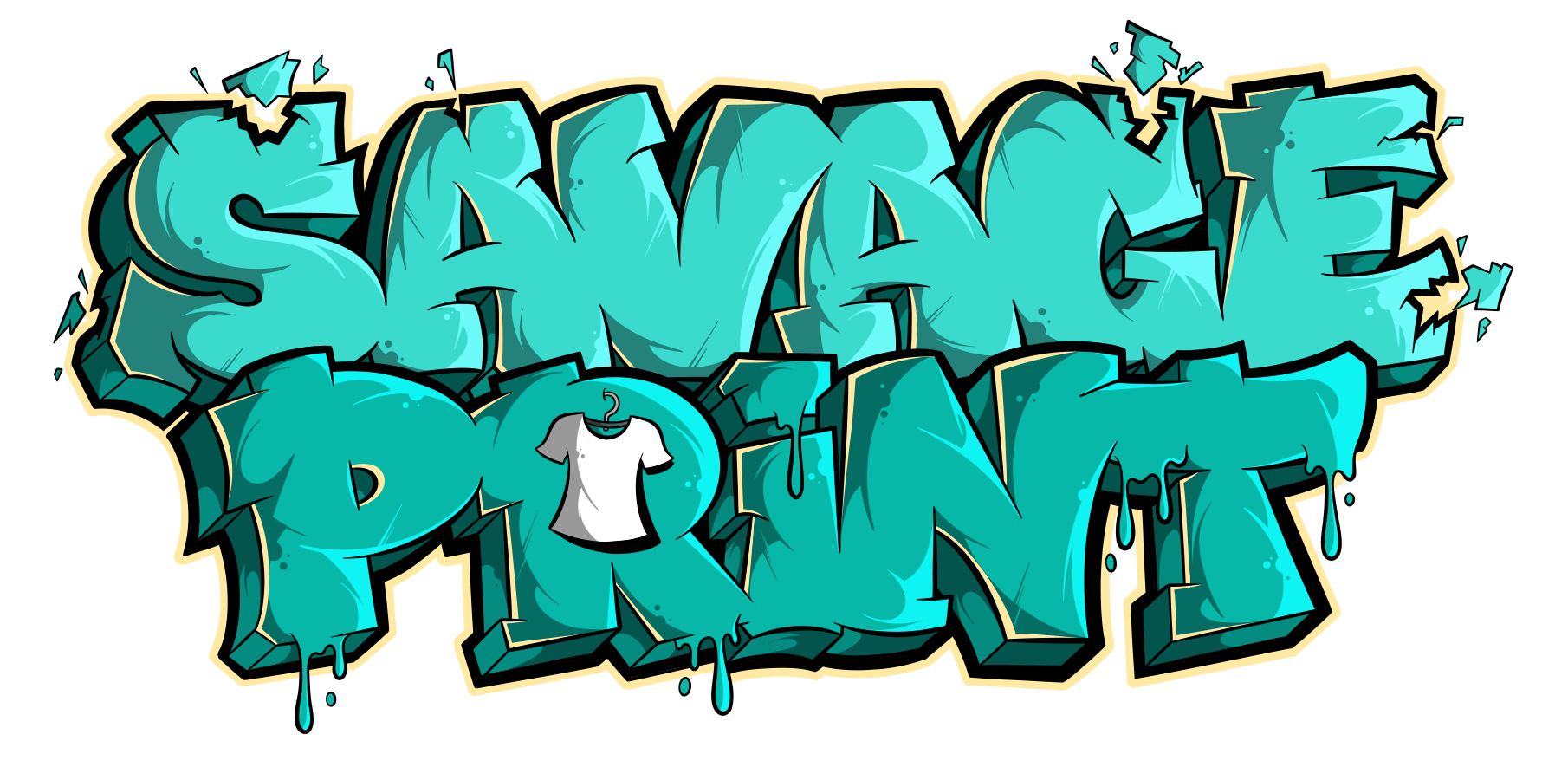
The Ultimate Showdown: Digital vs. Screen Printing
Printing is an essential element in bringing your projects to life, but choosing the right printing technique can be a game-changer. In the world of printing, the showdown between digital and screen printing has been a longstanding debate. Each method offers unique advantages and considerations that can greatly impact the outcome of your project. From cost efficiency to customization options, the choice between digital and screen printing can have a significant impact on your final product. In this article, we will explore the key differences between digital and screen printing, covering aspects such as cost efficiency, production speed, customization options, and environmental impact. By the end of this piece, you will have a clear understanding of which printing method best suits your project’s specific needs.,
Cost Efficiency and Quality
When considering the cost efficiency of digital versus screen printing, it’s important to weigh the financial impact alongside the quality of the final product. Digital printing typically offers a more cost-effective solution for small to medium print runs because it eliminates the need for creating custom screens or plates. This can result in lower setup costs and quicker turnaround times. However, screen printing tends to be more cost-efficient for larger print runs due to the lower cost per unit once the screens are created. In terms of quality, digital printing can provide higher resolution and colour accuracy, making it ideal for intricate designs or photographs. Screen printing, on the other hand, offers vibrant colours and a tactile finish that can elevate the visual impact of your prints. Ultimately, determining the best balance between cost efficiency and quality will depend on the specific requirements of your project.
Next, let’s delve into the differences in production speed between digital and screen printing.,
Production Speed
In terms of production speed, digital printing often takes the lead with its ability to quickly process files and print designs without the need for extensive setup time. This means that digital printing is an ideal choice for projects that require fast turnaround times or last-minute changes. On the other hand, screen printing typically involves more preparation and setup, which can result in longer production times, especially for complex or large-scale print runs. Understanding the differences in production speed between digital and screen printing can help you make an informed decision based on your project’s timeline and requirements. Moving on, let’s explore the various customization options available with both printing methods.,
Customisation Options
When it comes to customisation options, digital printing offers a wide range of possibilities for personalised designs. With digital printing, it’s easier to create intricate and detailed designs, as well as produce variations within the same print run. This flexibility allows for on-demand printing and the ability to cater to individual preferences. On the other hand, screen printing may have limitations when it comes to intricate details and colour variations due to the nature of the process. Understanding the customisation options available with digital and screen printing can help you choose the method that best suits your design needs and vision. This consideration extends beyond just design aesthetics, as it can also impact the environmental footprint of your printing choices.
Moving on, let’s delve into the environmental impact of digital and screen printing methods.,
Environmental Impact
Moving on, let’s delve into the environmental impact of digital and screen printing methods.
Both digital and screen printing have their own set of environmental considerations. Digital printing often requires less water and energy compared to screen printing, making it a more environmentally friendly option. The ability to print on-demand with digital technology also reduces waste by minimising the need for excess inventory. This can be particularly beneficial for smaller print runs or designs that may require frequent updates or changes.
On the other hand, screen printing typically involves the use of more chemicals and resources during the printing process. The setup for screen printing can also generate more waste, such as stencil materials and cleaning solvents. However, advancements in eco-friendly inks and processes in screen printing have been made to reduce its environmental impact.
Considering the environmental implications of your printing choices is essential in today’s eco-conscious world. By understanding the differences between digital and screen printing methods, you can make a more informed decision that aligns with your sustainability goals. In the end, the environmental impact of your printing choice may play a significant role in determining which method is the ultimate winner for your project.,
In the battle between digital and screen printing, the ultimate winner comes down to your project’s unique requirements. Whether you value cost efficiency, production speed, or customisation options, each printing technique has its strengths and weaknesses. Consider the key differences discussed in this article to make an informed decision for your next printing project. As you weigh your options, remember that the right choice can make all the difference in the outcome.
So, choose wisely and let your creativity shine through in every print. “In the world of printing, the choice is yours – make it count.”


